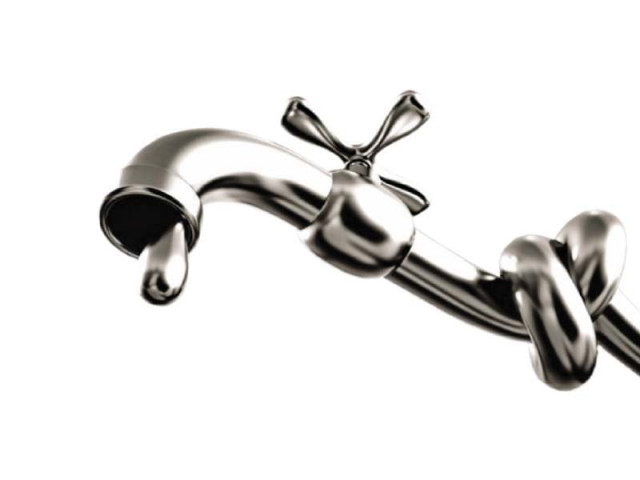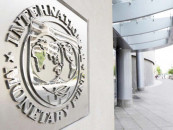Arsenic in water needs to be removed on war footing
Experts say findings of recent report must set off alarm bells

Talking about a study about the presence of deadly chemical 'arsenic' in underground water, the experts said the findings have set alarm bells ringing. They added that the government should evolve a comprehensive strategy on a war-footing in light of the report.
Up to 15% bottled water contaminated: PCRWR
A senior ministry of science and technology official told APP that the government had already decided to set up 24 state-of-the-art water testing laboratories throughout the country.
He said that several other initiatives were also being undertaken. “These include the development of microbiological testing kits, low-cost arsenic detection testing kits and production of chlorination and disinfection tablets," he added.
Deputy Director Pakistan Council for Research in Water Resources (PCRWR) Lahore Chapter Ameer Afzal said that the function of its laboratories was not completed due to lack of funds. Set up at a cost of Rs1.2 billion, the labs were to identify contamination in drinking water and ensure availability of potable water to citizens, he added.
Afzal said that before release of the report, the PCRWR had carried out various water quality monitoring projects in the country. He added that 69-82% water samples, collected from 2,807 villages in 24 districts, were found contaminated or unsafe for drinking.
PCRWR's Groundwater Management and Investigation Cell Deputy Director Muhammad Tanveer said that the council conducted a number of exploratory surveys to determine underground lithology of the aquifer as well as its quality and extent. "The council has indigenously developed low-cost water level indicators and hydro-salinity samplers for the measurement of water-table depth and groundwater quality," he said.
Karachi's water unfit for human consumption
The PCRWR had found out in its various studies that major contamination was due to bacteria (coliforms), toxic metals(mainly arsenic), turbidity, total dissolved solids (TDS) and nitrate and fluoride pollution, he further informed.
Prominent climate change expert Dr Maqsood said that industrial waste dumping was turning underground water toxic. "There are also heavier materials that remain on the surface while contaminating soil and groundwater," he said.
Replying to a question, he pointed out that the popularity of mobile phones and consumer electronics have increased the amount of heavy metals in the environment.
Dr Tehseen Riaz from Jinnah Hospital told APP that arsenic could cause various types of diabetes, skin, kidney, heart, black foot diseases, hypertension, birth defects and multiple types of cancer. Replying to a question he said that bacteriological, arsenic and turbidity were the main causes of contamination in the drinking water.
He added that microbiological contamination remains one of the leading causes of cholera, diarrhoea, dysentery, hepatitis and typhoid.
Dr Riaz said that arsenic is a semi-metallic element found all over the world in varying concentrations. Humans come into contact with it because it reaches into groundwater from rocks and sediments.
He said that arsenic contamination of groundwater is a form of groundwater pollution which is often due to naturally occurring high concentrations of arsenic in deeper levels of groundwater.
According to the PCRWR report, the water experts collected 1200 samples (3-70-meter-deep wells) from across the country. The report revealed that around 60 million people who are using five times higher arsenic water (50micrograms per litre) in the country are at the risk. The study further revealed that around 200 micrograms of arsenic content were found along the River Indus. As per WHO, the recommended limit for arsenic is 10 micrograms per litre of water.
Published in The Express Tribune, August 29th, 2017.



















COMMENTS
Comments are moderated and generally will be posted if they are on-topic and not abusive.
For more information, please see our Comments FAQ